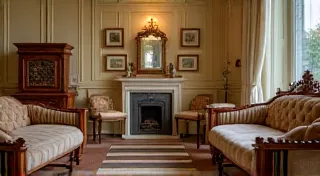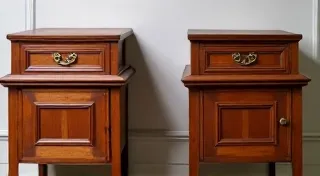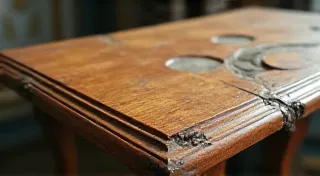The Cartographer's Map: Tracing the Lineage of Wood in Antique Furniture
There’s a quiet reverence that settles over me when I hold a piece of antique furniture. It’s not merely the beauty of the carving or the gleam of the original finish, but a deeper sense of connection – a feeling of holding history in my hands. Each groove, each grain tells a story, a silent chronicle of craftsmanship and time. And increasingly, I find myself captivated by the story of the wood itself, the very foundation of these treasured objects.
Restoring antique furniture isn’t just about patching cracks and reapplying varnish. It's about responsible preservation, and that responsibility begins with understanding the provenance of the wood. To truly care for a piece, we must know its origins—its species, its journey, and the hands that shaped it.
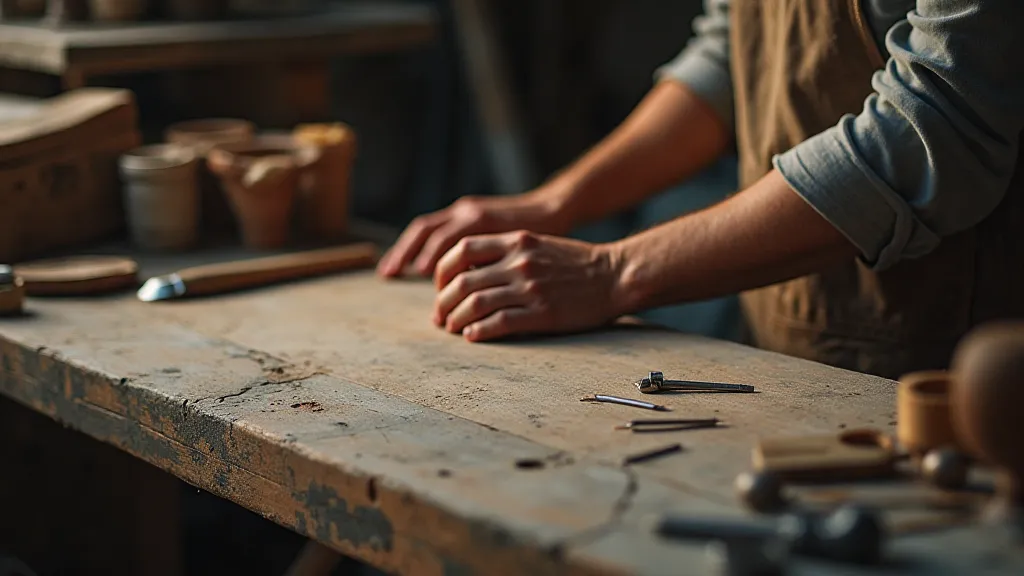
The Language of Grain: Identifying Wood Species
The first step in understanding a piece is identifying the wood. This isn’t always straightforward. Years of finishing and subsequent repairs can obscure natural characteristics. However, careful observation and, sometimes, more advanced techniques can reveal the truth. Different species possess distinct grain patterns, colors, and densities. Mahogany, for instance, often boasts a rich reddish-brown hue and interlocked grain, while walnut displays a darker, more velvety appearance. Cherry’s color tends to deepen with age, often developing a beautiful amber tone.
Microscopic analysis can be incredibly revealing. Cross-sections of wood reveal the arrangement of growth rings and the presence of rays – structures that transport nutrients throughout the tree. Different species exhibit unique ray patterns that act as a fingerprint, allowing a trained eye (or a microscope) to make a definitive identification. There are numerous guides and resources available online, and even local woodworking clubs often have members with expertise in wood identification. The ability to distinguish between, say, American walnut and European walnut, is a key skill for serious restorers. Sometimes, a piece's history is hidden beneath layers of old finishes, requiring careful methods to reveal the true wood underneath. Learning about stripping old finish from antique furniture is an important step in the identification process.
Dendrochronology: Whispers from the Rings
Dendrochronology, or tree-ring dating, offers a fascinating, though often challenging, pathway to understanding a piece’s history. By counting and analyzing growth rings, scientists can determine the age of a tree at the time it was felled. The width of the rings can also provide clues about environmental conditions – periods of drought or abundance are recorded in the rings’ thicknesses.
However, there are limitations. The wood used in furniture wasn't always harvested locally. A beautiful mahogany desk might have originated in Honduras, its wood having traveled thousands of miles before finding its way into a London workshop. Furthermore, the process is complex and requires specialized equipment and expertise. While dendrochronological dating can definitively place a tree's felling date within a broader regional timeline, pinpointing the exact location of origin can be remarkably difficult. Understanding the stylistic nuances of an era is also a crucial aspect of restoration and evaluation. Learning to identifying period styles in antique furniture can add context to the dendrochronological findings.
Trade Routes and Regional Traditions
Understanding historical trade routes is essential for placing antique furniture within its proper context. The furniture trade was a global enterprise, driven by demand and fueled by colonial expansion. Mahogany, for example, became immensely popular in Europe during the 18th and 19th centuries, largely due to the British Empire's control of Caribbean islands rich in the timber. Teak, prized for its durability and resistance to rot, was imported from Southeast Asia, often used in naval applications and later in high-end furniture.
Regional woodworking traditions also played a crucial role. Italian furniture of the Renaissance often featured intricately carved details and a preference for locally sourced walnut and cherry. French furniture of the Louis XV period often showcased elegant curves and a fondness for blonde woods like sycamore and pear. American Colonial furniture demonstrates a pragmatic approach, often employing readily available woods like pine, maple, and birch. Often, the challenges of restoration involve more than just identifying the wood; it can require intricate repairs to veneers that have become damaged or separated. Learning about veneer repair for antique furniture can be an invaluable skill in these situations.

Sustainability and Ethical Sourcing
The growing awareness of environmental concerns has profoundly impacted the antique furniture world. The unsustainable harvesting of certain species during past centuries has led to scarcity and increased value. Knowing the species of wood you’re dealing with is, therefore, more than just an academic exercise; it’s an ethical responsibility. The colors and tones of older furniture can often be misleading, requiring careful adjustments to match the original appearance. Understanding and understanding and correcting color variations in antique finishes is key to responsible restoration.
When replacement materials are necessary during restoration, the choice of wood should reflect a commitment to sustainability. Using reclaimed wood is often the best option, giving a second life to timber that would otherwise be discarded. If new wood is required, sourcing it from responsibly managed forests—those certified by organizations like the Forest Stewardship Council (FSC)—is paramount. The impact of past restoration attempts can sometimes obscure the original wood, requiring extensive work to reveal its true character. Careful documentation and reversibility are key principles to follow when dealing with potentially delicate or historically significant pieces.
The Human Touch: Appreciating Craftsmanship
Ultimately, restoring antique furniture isn’t just about preserving wood; it’s about honoring the skill and dedication of the craftsmen who created it. Each piece is a testament to their artistry, a tangible link to the past. By understanding the lineage of the wood—its origin, its journey, and the hands that shaped it—we can deepen our appreciation for these treasures and ensure their survival for generations to come.
I remember restoring a small writing desk, identified as being crafted from Honduran mahogany. The depth of the grain, the richness of the color – it was simply breathtaking. Knowing its origin, picturing the ancient forest where it grew, I felt a profound connection to the past, a shared experience across centuries. That, I believe, is the true reward of responsible restoration: not just preserving an object, but celebrating the story it holds within its wood. The knowledge and skills required for successful restoration are constantly evolving, reflecting a deeper understanding of wood science, historical techniques, and sustainable practices. This includes the correct application of finishes, the careful assessment of structural integrity, and a deep respect for the original craftsmanship.
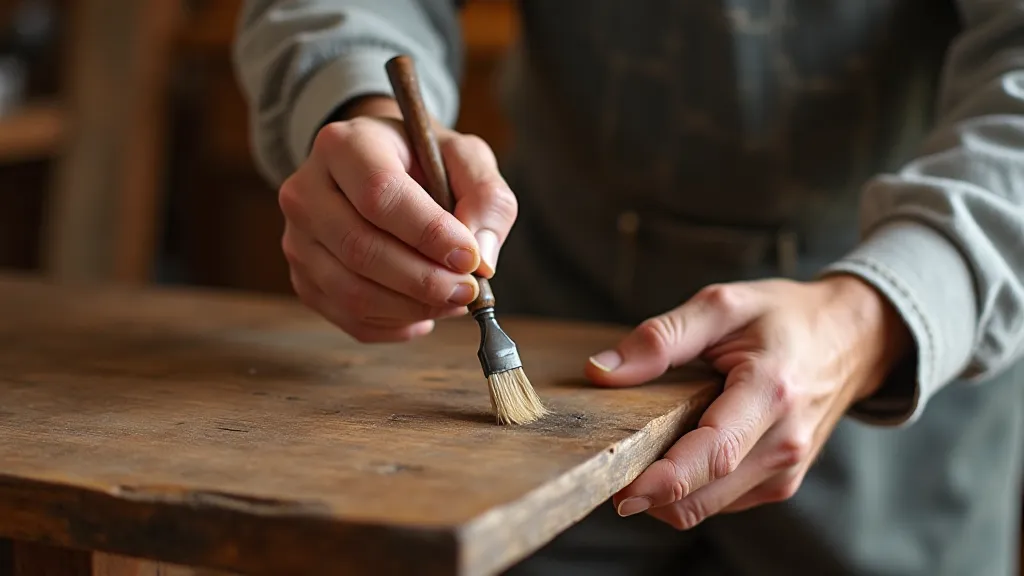
It’s a cartographer’s map, this journey of discovery, tracing the lineage of wood in antique furniture. And each piece we restore adds another layer to that ever-expanding narrative. The field of antique furniture restoration extends far beyond simple repair; it's a blend of history, science, and artistry. Every piece tells a story, and it's the responsibility of the restorer to not only preserve that story but also to share it with future generations. This involves careful documentation of the restoration process, research into the piece's history, and a commitment to using the most ethical and sustainable practices. The value of antique furniture is not solely determined by its monetary worth but also by its cultural significance and its ability to connect us to the past.
The evolution of woodworking techniques mirrors the changing needs and aesthetic preferences of different eras. From the elaborate marquetry of the 18th century to the minimalist designs of the mid-century modern movement, each style reflects a unique blend of artistic vision and technological innovation. Understanding these historical contexts is crucial for accurately assessing the value and significance of antique furniture.
Furthermore, the conservation of antique furniture requires a holistic approach that considers not only the wood itself but also the other materials used in its construction, such as metal hardware, upholstery, and glass. These elements often contribute significantly to the piece's overall aesthetic and historical value.
The continued preservation of antique furniture is essential for maintaining a tangible link to our past and for celebrating the enduring legacy of human creativity. By embracing responsible restoration practices and sharing our knowledge with others, we can ensure that these treasured objects continue to inspire and enrich our lives for generations to come.

